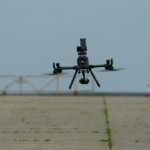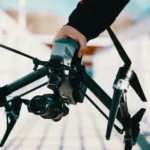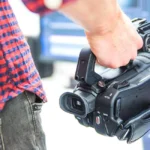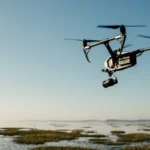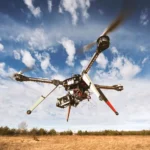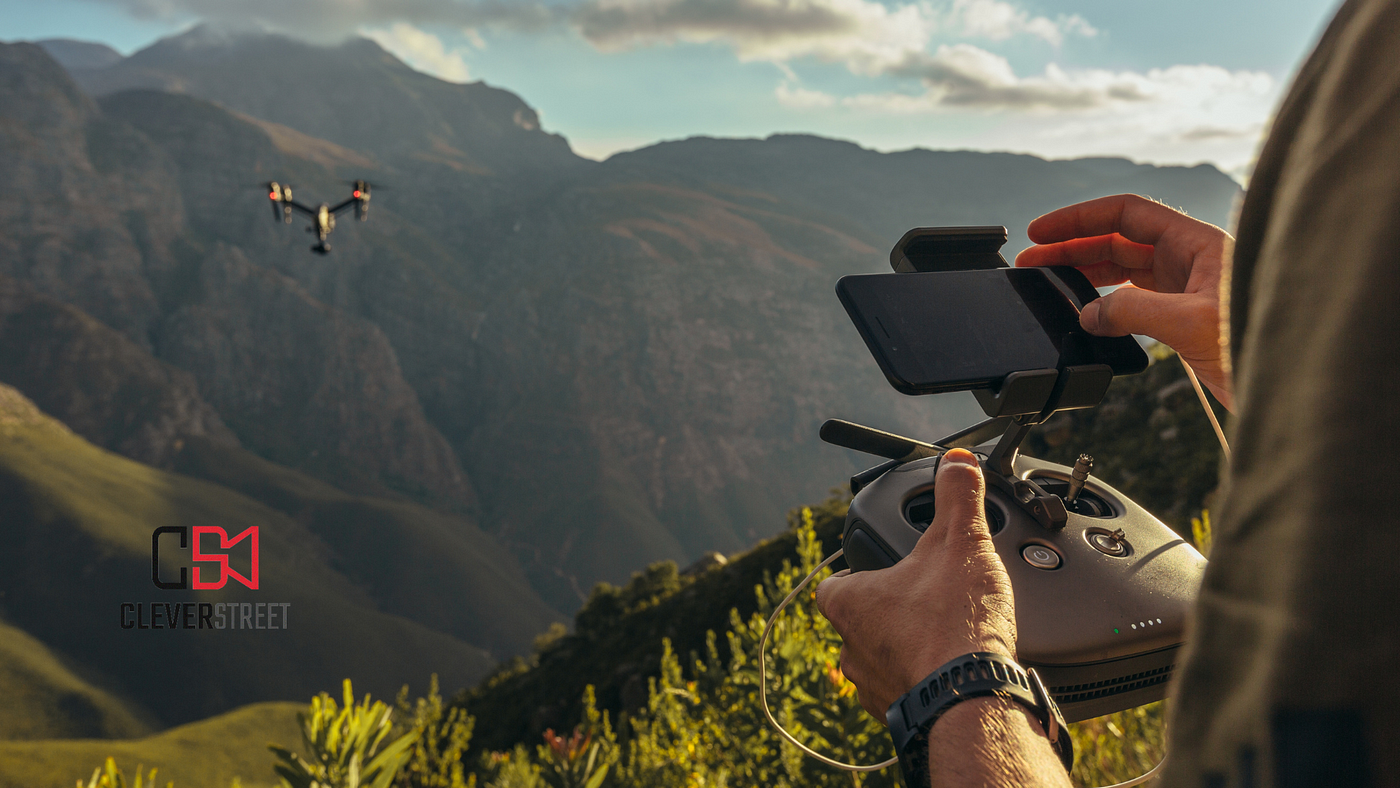
Unmanned Aerial Vehicles (UAVs), commonly known as drones, have revolutionized the world of cinematography by offering filmmakers the ability to capture stunning cinematic shots from the skies.
Whether you’re creating a feature film, a documentary, or a promotional video, UAV cinematic shots can add depth, beauty, and visual storytelling prowess to your projects.
In this article, we’ll explore the art and techniques behind UAV cinematic shots, providing you with the knowledge to master this transformative aspect of filmmaking.
Understanding UAV Cinematic Shots
UAV cinematic shots involve using drones to capture dynamic, high-quality aerial footage that enhances the storytelling and visual appeal of a project.
These shots can range from sweeping aerial vistas to intricate tracking sequences, and they play a vital role in modern cinematography.
The Power of Perspective
One of the greatest advantages of UAVs in cinematography is their ability to change the perspective of your audience.
Aerial shots provide a unique view of the world, allowing viewers to see scenes, landscapes, and subjects from an entirely new angle, often creating a sense of awe and wonder.
Types of UAV Cinematic Shots
Aerial Establishing Shots: These shots are perfect for setting the scene and showcasing the location or environment where your story unfolds.
Revealing Shots: Use drones to reveal key elements or characters in your story gradually. This technique builds anticipation and can be particularly effective in suspenseful or dramatic moments.
Tracking Shots: UAVs can smoothly track moving subjects, whether it’s a running character, a vehicle chase, or wildlife in its natural habitat. These shots add energy and excitement to your narrative.
Orbit and Pan Shots: Create dynamic visuals by orbiting around a subject or panning across a landscape. These shots can add a sense of scale and depth to your scenes.
Top-Down Shots: Capture subjects from directly above, giving your audience a unique perspective that can be visually captivating, especially in crowded scenes or intricate settings.
Mastering the Art of Control
To achieve cinematic excellence with UAV shots, you must master the controls of your drone.
This includes understanding the principles of flight, learning to maneuver smoothly, and operating the camera functions effectively. Practice is key to achieving fluid and controlled movements.
Composition and Framing
Just as in traditional cinematography, composition and framing are crucial in UAV cinematic shots.
Pay attention to the rule of thirds, leading lines, and visual balance to create visually striking and aesthetically pleasing shots.
Lighting and Weather
Be mindful of lighting conditions and the weather when planning your UAV shots. The golden hours of sunrise and sunset often provide the best lighting for cinematic beauty. Additionally, monitor weather forecasts to ensure safe and successful flights.
Safety and Regulations
Comply with local drone regulations, obtain necessary permits, and prioritize safety at all times.
Ensure that your equipment is well-maintained, and conduct pre-flight checks to prevent accidents and protect people and property.
Post-Production Magic
The final touches in post-production can enhance the impact of your UAV cinematic shots.
Use color grading, visual effects, and sound design to create a polished and immersive visual experience.
Conclusion
UAV cinematic shots have become an essential tool in the filmmaker’s arsenal, offering unparalleled perspectives and storytelling possibilities.
By understanding the techniques, control, composition, and safety considerations, you can harness the full potential of UAVs to elevate your cinematic storytelling, creating visuals that captivate and inspire your audience.
So, as you embark on your next filmmaking project, remember that the sky is not the limit—it’s a boundless canvas for your creativity and cinematic vision.

